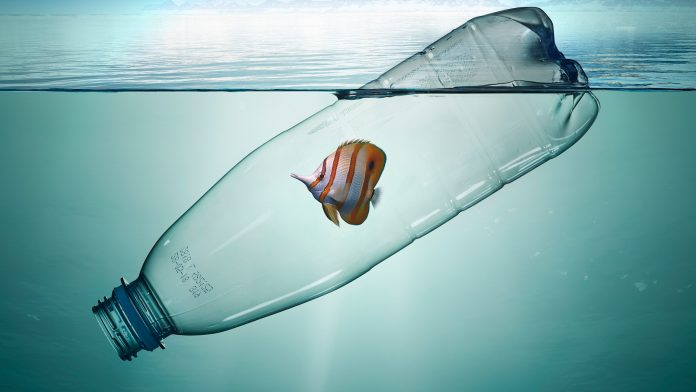A recent study, led by Plymouth Marine Laboratory, suggests researchers have grossly underestimated the volume of microplastics in the ocean.
A new paper, published in Environmental Pollution, suggests that there are far more microplastics in the ocean than previously predicted.
Professor Pennie Lindeque, lead author of this study and Head of marine Ecology and Biodiversity at Plymouth Marine Laboratory, said: “Microplastics aren’t a uniform type of pollutant, rather they come in all different shapes, sizes and polymer types; determining how many of which types are in the natural environment is rather like looking for needles in a haystack.”
Micronets seeking microplastics
The research team, led by Plymouth Marine Laboratory, used finer sampling nets (0.1mm) rather than the nets often used in studies of this kind (0.333mm). The use of these finer nets has allowed researchers to discover greater concentrations of microplastics. The levels of microplastics found by the research team were ten times greater than the microplastics found using conventional nets.
New extrapolation of the data suggests that by using a 1μm mesh, microplastic concentrations can exceed 3700 microplastics per cubic metre. Global estimates of floating microplastic debris modelled on data primarily gathered from 333μm net samples are in the order of 5-50 trillion particles.
Why we need to measure microplastics in the ocean
Previous studies have shown the negative impacts microplastics can have on marine organisms, such as shellfish, plankton, and fish. These negative effects including reduced feeding, fertility, growth, and survival, as well as altered behaviour and ecological function.
By establishing an accurate estimate of microplastic concentration in the ocean, scientists will be able to predict better the risks that microplastics pose to marine life, biodiversity, ecosystem services and productivity, which in turn, will help inform monitoring efforts and provides a clearer benchmark to judge the effectiveness of management scenarios.



